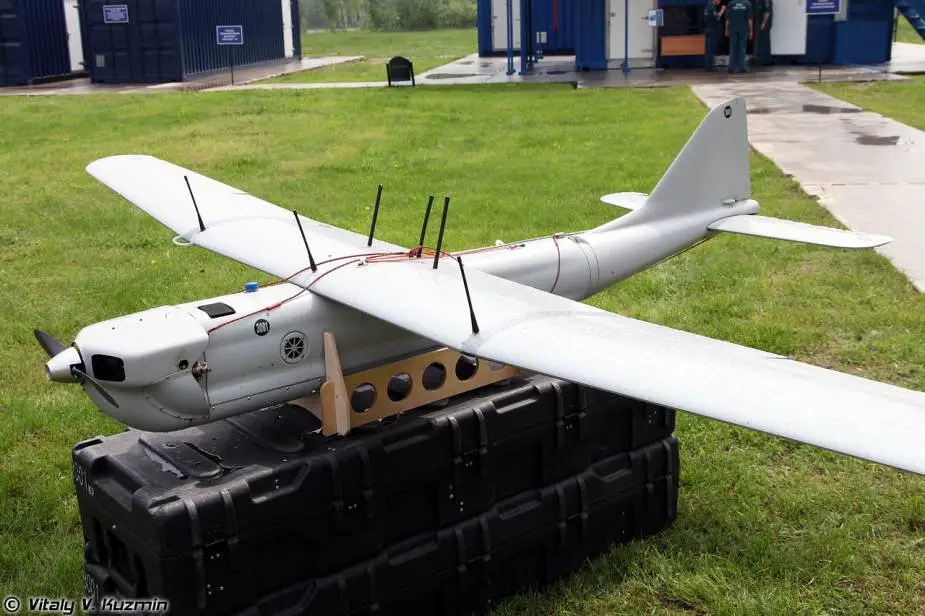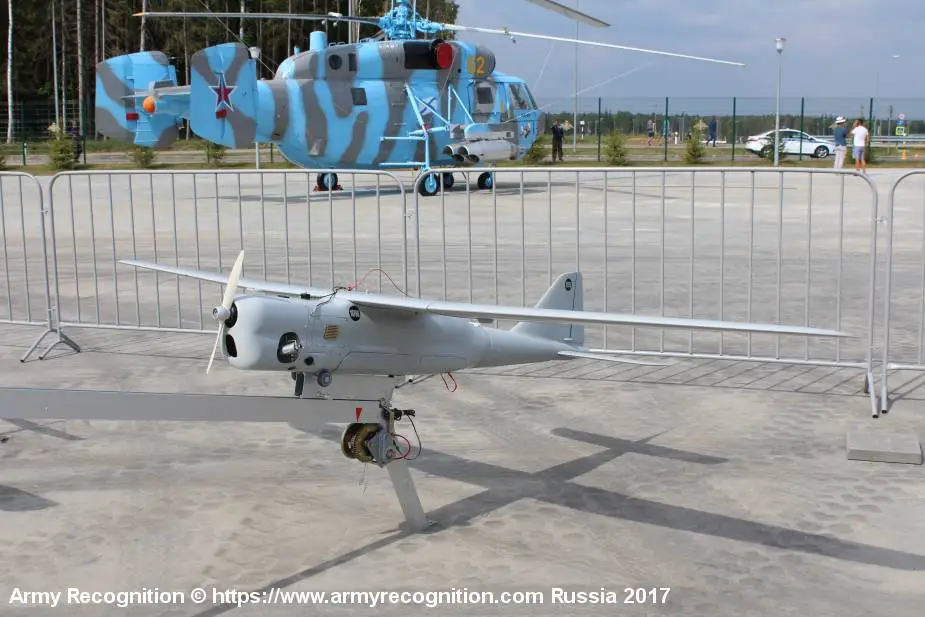Breaking news
Russia Boosts Orlan UAV Drone Production as Ukraine Counteroffensive Intensifies.
In the context of the Ukrainian counteroffensive, Russia has recently announced a significant increase in its production of Orlan reconnaissance drones, as well as improvements to its weapons and military equipment. Russian Defense Minister Sergei Shoigu stated during a press conference on July 11th that deliveries of Orlan-10 and Orlan-30 drones had increased by over 53 times since the start of the Russian military operation.
Follow Army Recognition on Google News at this link

The Orlan 30 is a compact UAV with a small design, optimized for agility and stealth. Its dimensions typically range from 2-3 meters in length and have a wingspan of around 3-4 meters. The exact weight may vary depending on the payload and equipment configuration. (Picture source Vitaly Kuzmin )
Orlan-10 and Orlan-30 drones play a crucial role in military operations in Ukraine by locating Ukrainian troops and spotting vehicles from medium altitudes. This information enables quick artillery, missile, and ammunition attacks. According to an analysis by the Army Recognition editorial team, drones have become an indispensable tool for artillery units in modern wars, especially when operating with towed howitzers.
Russian artillery units deployed in Ukraine have adopted Orlan-30 drones to improve the accuracy of their 152mm howitzers, particularly the 2A65 "Msta-B" model, using precision-guided ammunition called "Krasnopol" (3OF39). The Orlan-30 drone plays a significant role in reconnaissance and target designation, greatly enhancing artillery strikes' accuracy. This information has been reported by Army Recognition, a recognized source in the defense industry.
The Orlan-30 drone, the successor to the Orlan-10, is also manufactured by the Special Technology Center (STC). It is designed for aerial surveillance, target localization, spotting, and reconnaissance of visible or infrared objects. In combination with a mission payload, it also allows target identification for precision-guided weapons to destroy fixed and mobile targets day and night. The Orlan-30 drone can fly for five consecutive hours, reach a maximum speed of 170 kilometers per hour, and climb up to 5,000 meters in altitude. For comparison, the Orlan-10 has a maximum speed of 150 km/h and a range of 120 km.
The integration of drones within artillery units relies primarily on their ability to perform reconnaissance and surveillance tasks. These unmanned aerial vehicles can penetrate enemy territory, collecting crucial data on the terrain, enemy formations, structures, and other important elements. Drones transmit these detailed, high-definition information to artillery units in real-time, providing an accurate and up-to-date understanding of the battlefield. With improved situational awareness, artillery units can position and calibrate their towed howitzers more effectively, taking factors such as distance and altitude into account to maximize shooting accuracy.
In addition to locating hostile equipment, Russian troops are also using Orlan series drones in Ukraine to attempt to suppress and destroy enemy air defense and artillery reconnaissance activities (SEAD/DEAD). Russian artillery can theoretically react as quickly as three minutes after identifying a target when the drone flies over an enemy position, leaving little time for Ukrainian soldiers to flee the dangerous area.
This increase in production of the Orlan series drones reflects the growing importance of drone warfare and the usefulness of reconnaissance and combat drones. Russian officials have already confirmed the use of spy drones to obtain coordinates of Ukrainian equipment. However, it is worth noting that the Orlan-10 drone, one of Russia's most significant military assets, relies on Western components for many of its key functionalities. Despite sanctions imposed on the Russian drone manufacturer, the Special Technology Center (STC), a joint investigation by RUSI, Reuters, and iStories revealed that Western components were still being delivered through intermediary companies in the United States, China, and Russia.

The Orlan 10 is a small and lightweight UAV, designed for portability and ease of deployment. It typically has a length of around 1.5 meters and a wingspan of approximately 3 meters. The weight of the drone is relatively light, typically ranging between 10-15 kilograms. (Picture Source Army Recognition)

























